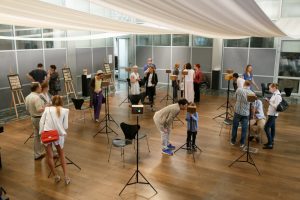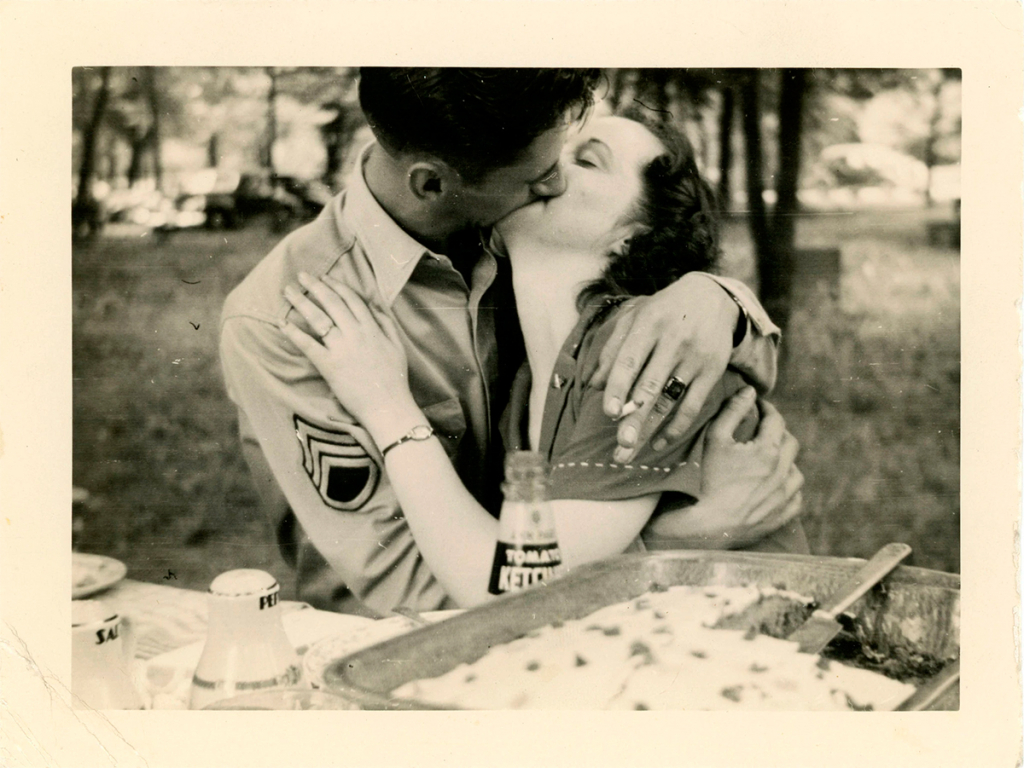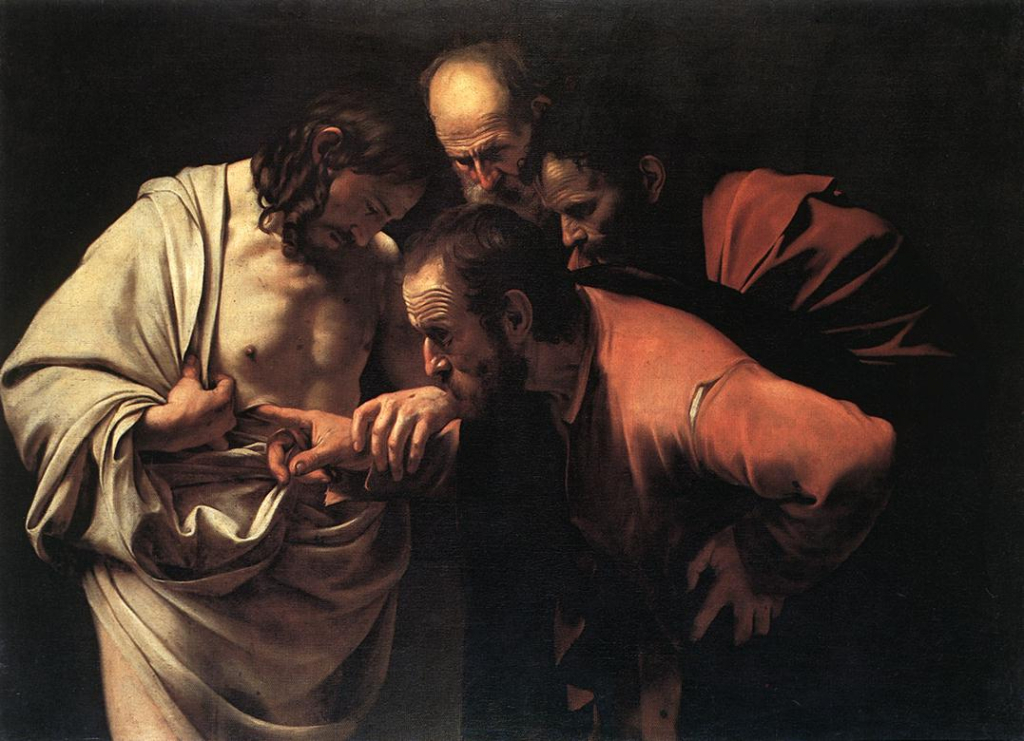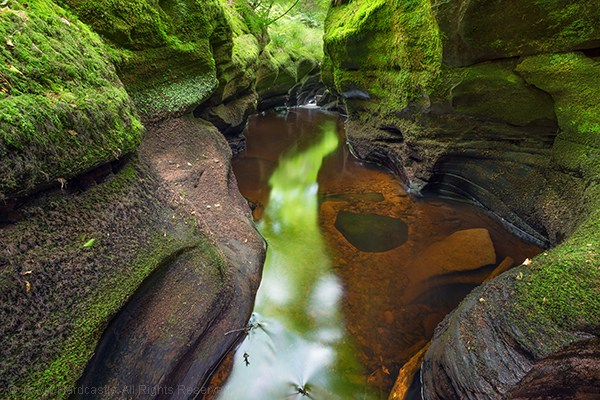WHAT IS STEREOSCOPY AND WHAT IT IS NECESSARY TO KNOW ABOUT IT
 “Stereoscopy” sounds like something new and complex for many ordinary people and even for some photographers. But in fact, this is a simple concept that has existed for quite a few years. It is widely known as 3D photography.
“Stereoscopy” sounds like something new and complex for many ordinary people and even for some photographers. But in fact, this is a simple concept that has existed for quite a few years. It is widely known as 3D photography.
It is based on the theory formulated by Charles Wheatstone as early as the 1830s, when he invented and created a stereoscope. According to Wheatstone, you can get a three-dimensional image by combining two-dimensional images, especially when they are taken or drawn from two different points. To prove his theory, he used mirrors, showing one image to the right eye, and the other to the left. This allowed each eye to see the images separately and it turned out the 3D effect itself.
Wheatstone created a stereoscopic viewer and provided people with an interesting way to watch or watch images.
Although 3D films were not available to the general public until the beginning of the 20th century, the stereoscope allowed people to conveniently view three-dimensional images. Handheld stereoscopes have opened up more possibilities not only for pleasure and entertainment (for example, staring at faraway places), but also for education. It was even used in art (painting and sculpture).
Stereoscope and photography
The Daguerreotype, a photographic process in which a silver or silver plated copper plate was used, also known as the first type of photograph, was connected to a stereoscope so that people could photograph the images to the right and left at the same time. This led to the creation of a stereoscopic camera.
This camera had two lenses that were in different positions in accordance with the actual distance between the eyes. The device was improved a few years later. David Brewster (David Brewster) replaced the mirror lens. This compact device has become quite popular. He was even considered responsible for the development and popularity of photography.
The concept of stereoscopy is quite simple. Two-dimensional drawings, prints or photographs are simultaneously viewed with both eyes. Therefore, images become three-dimensional. It is like closing the left eye, looking at the object, and then, without taking your eyes off the object, move your hand to the other eye. The object will appear displaced or slightly modified. You are looking at a single object that appears in two (or three) dimensions.
In stereoscopy, images are placed side by side in the distance. When the viewer looks at these images with a stereoscope, they are displayed as one 3D image.
One of the most popular examples of a stereoscope is the View-Master, a toy created by Sawyer Photo Services. Keystone View sold it in the 1920s. This device used maps for viewing that look like clips placed inside the device itself. When you look into the lenses, which are located at approximately the same distance as our eyes from each other, you seem to be watching the story come to life.
Usually, a photograph has always been viewed as a visual representation in 3D and 2D. Thus, in a sense, stereoscopy is part of photography, regardless of what purists say (especially in the early years of stereoscopes) in the industry.
Creativity is the main reason why stereoscopy is something that all photographers should try. If you were telling a story, you would like to do it as best you can, right? And because the use of three-dimensional images is one of the ways to achieve this goal. These images have greater depth, more life and seem more interesting to viewers. Three-dimensional photos challenge your creativity, because they look realistic, just like living.
What is stereoscopy? What is stereoscopy? What is stereoscopy?
Some people say that transforming simple and flat photos into 3D is like reproducing nature, which they believe is not the purpose of photography. Photos should show nature in different impressions, through the eyes of the photographer and through the camera lens. However, three-dimensional photographs are the same as the classic shots that everyone is used to – they just have a certain aspect that makes them look different and, in most cases, closer to reality.
Another reason to try stereoscopy is popularity. At some point in your life in a photograph, it will be revealed that a part of the audience attracts three-dimensional images. It’s almost as if you could touch the object in the pictures! Just thinking about it is enough to create a ripple effect.



